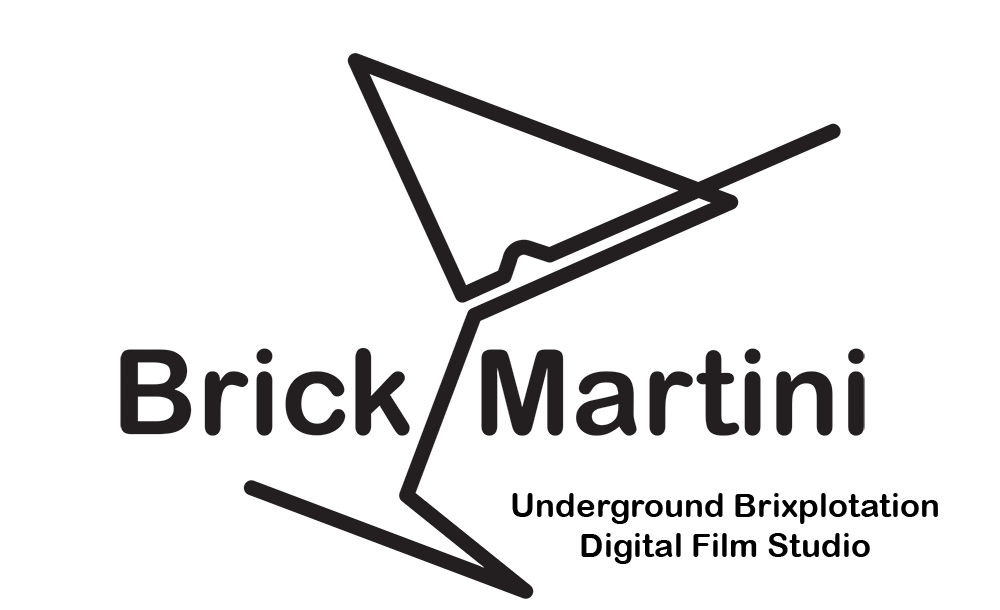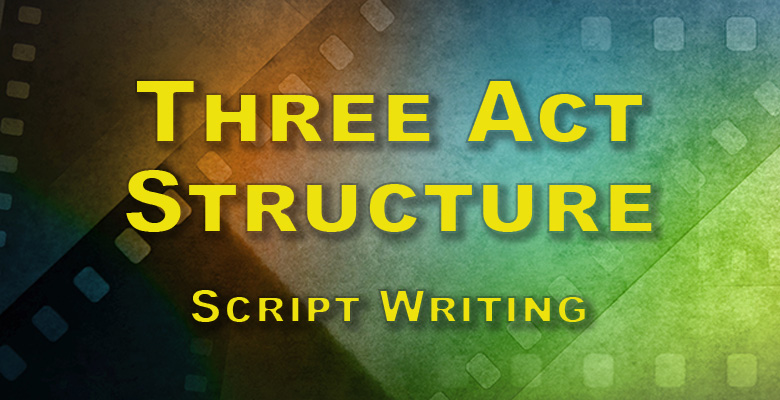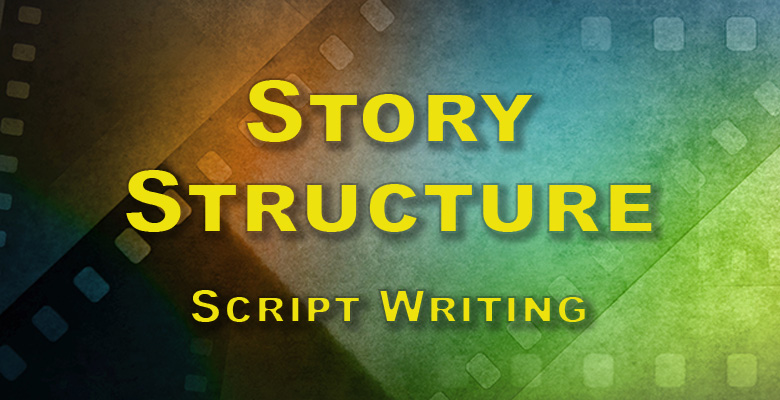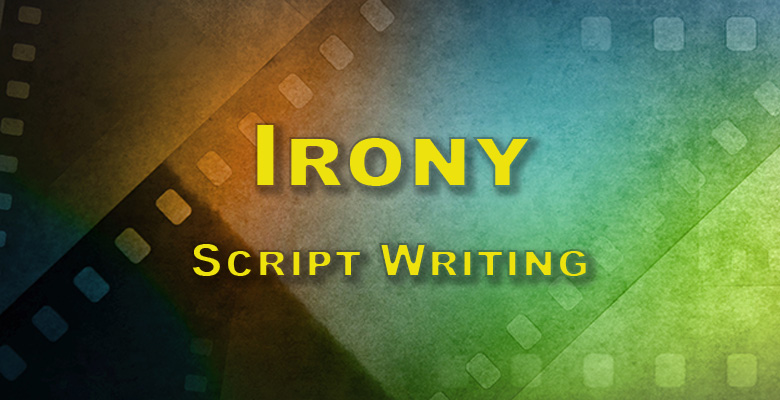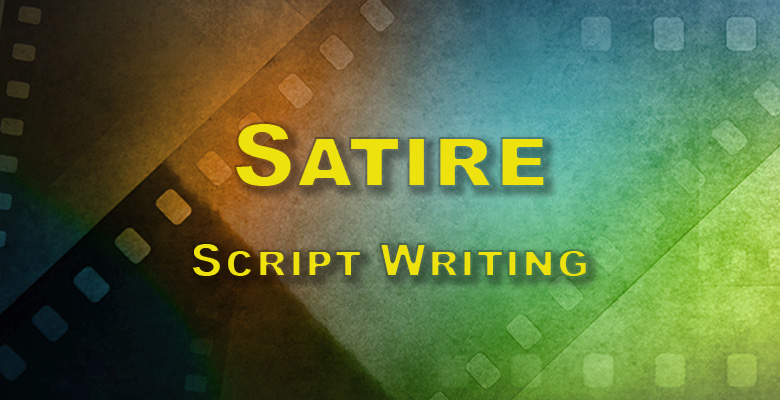The antihero is a complex and often compelling character type that has gained significant popularity in contemporary storytelling. Here’s a comprehensive look at the antihero:
Definition:
An antihero is a central character in a story who lacks conventional heroic qualities and attributes such as idealism, nobility, and moral goodness. Instead, they often exhibit flaws, ambiguities, and personal conflicts that are not typically associated with traditional heroes.
Characteristics:
- Moral Ambiguity: Antiheroes often operate in a gray area, making decisions that might be considered morally questionable.
- Flawed Nature: Unlike traditional heroes who tend to be paragons of virtue, antiheroes have evident flaws, weaknesses, or vices.
- Relatability: Their imperfections can make them more relatable to readers or viewers, as they often reflect real human complexities.
- Unconventional Methods: They might achieve their goals through methods that are not traditionally heroic, like deceit, violence, or manipulation.
- Inner Conflict: Antiheroes often grapple with internal issues, whether it’s guilt, personal trauma, or a struggle with their own nature.
Functions in a Story:
- Challenge Conventions: By their very nature, antiheroes challenge traditional notions of what it means to be a hero.
- Engage the Audience: Their complexity can draw readers or viewers in, making them root for the character even when they disagree with their actions.
- Highlight Gray Areas: Through the actions and decisions of the antihero, stories can explore moral gray areas, raising questions about right and wrong.
- Drive Conflict: Their unpredictable nature can serve as a significant source of both internal and external conflict in the story.
Examples in Literature and Media:
- Walter White from “Breaking Bad”: A high school chemistry teacher turned meth manufacturer.
- Tony Soprano from “The Sopranos”: A mob boss who struggles with his personal and professional life.
- Raskolnikov from Fyodor Dostoevsky’s “Crime and Punishment”: A student who tries to justify murder for a perceived greater good.
- Don Draper from “Mad Men”: A talented ad executive with a mysterious past and many personal flaws.
Variations:
- Byronic Hero: Originating from the Romantic era and inspired by Lord Byron’s characters, this type of antihero is brooding, passionate, and often self-destructive.
- Tragic Hero: While they might possess some heroic qualities, their tragic flaw leads them to their downfall.
- Reluctant Hero: They don’t want to be involved in heroics and often try to avoid the central conflict, but circumstances push them into it.
Considerations for Writing an Antihero:
- Motivations: It’s crucial to understand and clearly convey why the antihero makes certain decisions. This provides depth and makes their actions believable.
- Redemption: Decide whether the antihero will have a redemption arc. Not all antiheroes find redemption, but those that do can offer a satisfying character evolution.
- Consequences: It’s essential for antiheroes to face the consequences of their actions, whether it’s external (e.g., legal repercussions) or internal (e.g., guilt, mental anguish).

